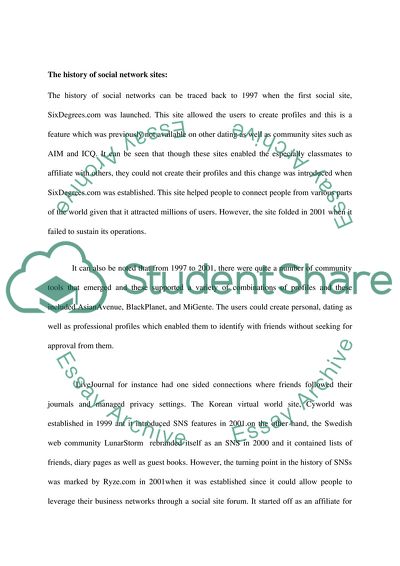Cite this document
(Social Networking: What Next Report Example | Topics and Well Written Essays - 2000 words, n.d.)
Social Networking: What Next Report Example | Topics and Well Written Essays - 2000 words. https://studentshare.org/information-technology/1759123-social-networking-what-next
Social Networking: What Next Report Example | Topics and Well Written Essays - 2000 words. https://studentshare.org/information-technology/1759123-social-networking-what-next
(Social Networking: What Next Report Example | Topics and Well Written Essays - 2000 Words)
Social Networking: What Next Report Example | Topics and Well Written Essays - 2000 Words. https://studentshare.org/information-technology/1759123-social-networking-what-next.
Social Networking: What Next Report Example | Topics and Well Written Essays - 2000 Words. https://studentshare.org/information-technology/1759123-social-networking-what-next.
“Social Networking: What Next Report Example | Topics and Well Written Essays - 2000 Words”. https://studentshare.org/information-technology/1759123-social-networking-what-next.


